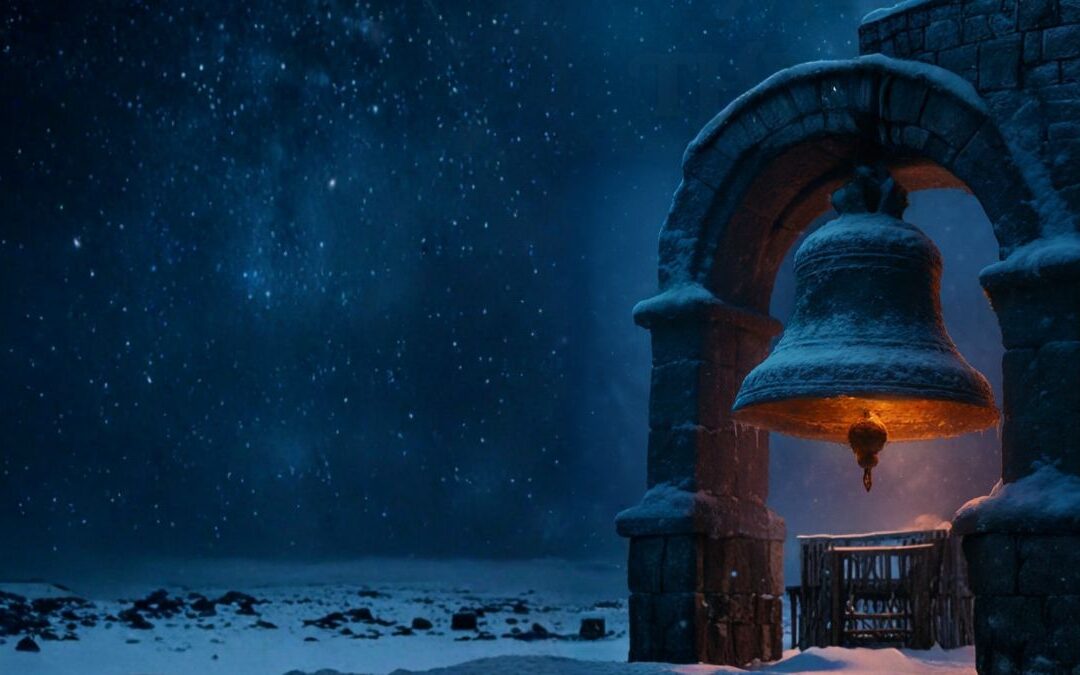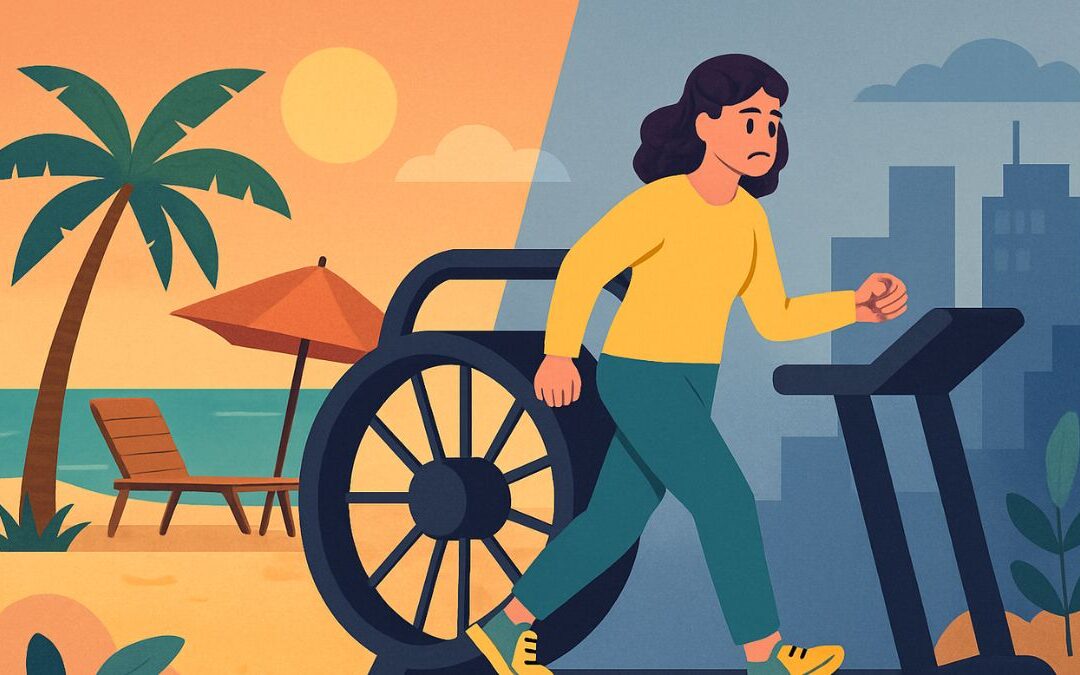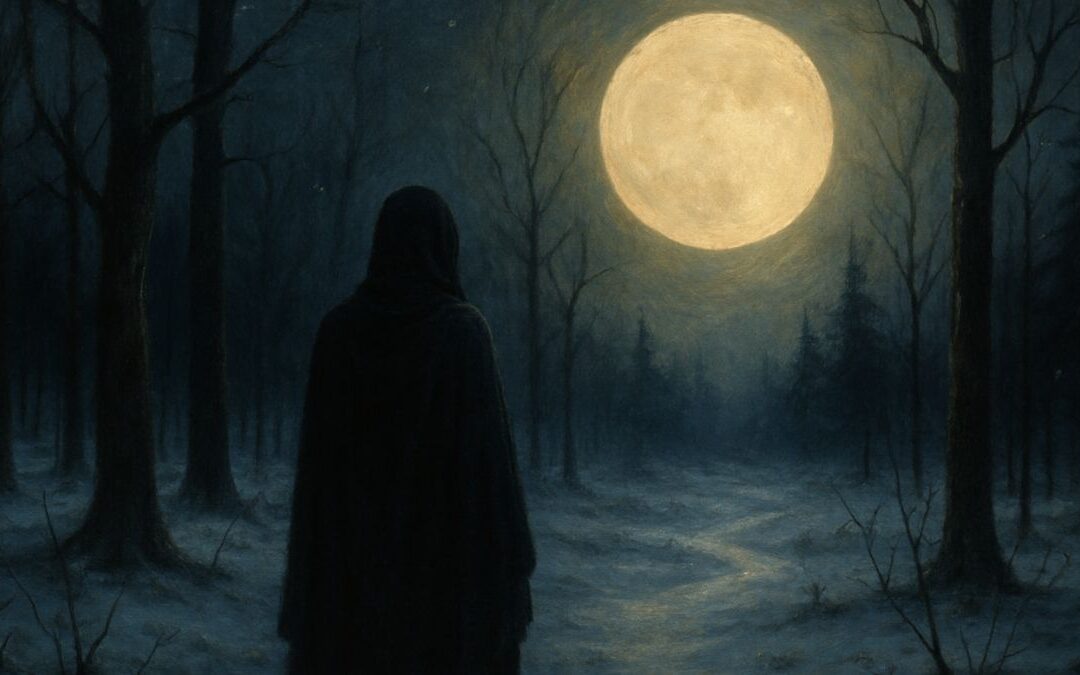The cityscape of Berlin is a palimpsest, etched with the narratives of history and the aspirations of the present. Its streets and structures form a historical atlas, offering a tangible chronology of Germany’s tumultuous past and its vigorous stride into modernity. This storied metropolis, once a fulcrum of geopolitical contention, today stands as a bastion of culture and remembrance, its landmarks serving as milestones on a voyage through time.
Embodied in the grandeur of the Brandenburg Gate is the neoclassical aesthetic that prevailed in the epoch of Prussian ascendancy. This iconic edifice, conceived by King Frederick William II, has been a silent sentinel to the ebb and flow of the city’s fortunes. Its pillars and triumphant Quadriga have witnessed the march of armies, the fervor of revolution, and the impassioned speeches of statesmen, each event a thread woven into the fabric of Berlin’s history.
The Reichstag Building, with its resplendent glass dome, stands as a symbol of transparency and political resurrection. Its hallowed halls, once ravaged by fire and war, now echo with the discourse of democracy. The juxtaposition of the original, battle-scarred structure and the modern, luminous cupola designed by Sir Norman Foster encapsulates Berlin’s ethos of remembrance and renewal.
No narrative of Berlin is replete without the somber chronicle of the Berlin Wall. This once-imposing barricade, now reduced to remnants and murals, delineates a city divided by ideology and a world polarized by the Cold War. The graffitied remnants of the Wall, particularly the East Side Gallery, serve as a canvas of liberation, portraying the indomitable spirit of freedom that eventually triumphed over the forces of division.
Checkpoint Charlie, the infamous crossing point between East and West Berlin, remains ensconced in the collective memory as a hotspot of espionage and confrontation. Today, it stands as a museum, a repository of artifacts and narratives that speak of escape, resistance, and the ceaseless quest for liberty.
The grandiosity of Berlin’s landmarks extends to the sacred precincts of the Berlin Cathedral, with its baroque façade and opulent interior, and to the soaring modernity of the Fernsehturm, the TV tower that punctuates the skyline with its futuristic profile.
Each edifice and monument, from the stately Charlottenburg Palace to the avant-garde Bode Museum, narrates a segment of Berlin’s saga. They are lexicons of stone and mortar, their arches and spires inscribing a lexicon of resilience and rebirth.
For those who engage in the cerebral pastime of crossword puzzles, the architecture of Berlin offers a vocabulary as rich and intricate as the city itself. Words like ‘gargoyle’, ‘cornice’, and ‘battlement’ are as much a part of this linguistic treasure trove as ‘sovereignty’, ‘unification’, and ‘reconciliation’.
Berlin’s landmarks are not mere tourist destinations; they are the milestones of a city’s journey through the annals of time. They stand as vibrant confluences where the past is not entombed but converses with the present, where the echoes of history resonate in the heartbeats of today.
The city’s architectural lineage, from the stately to the stark, from the grandiose to the understated, invites a pilgrimage for the historically inclined and the culturally curious. It is a mosaic of human endeavor, a testament to the city’s phoenix-like rise from the ashes of war and division to a pinnacle of urban renaissance and cosmopolitan vigor.
In traversing the historic landmarks of Berlin, one embarks on an odyssey that spans centuries, ideologies, and aspirations. These structures are more than mere coordinates on a map; they are the vibrant lexicons of history, the repositories of stories, and the crucibles of a city’s soul.
Crossword Puzzle in Context
All the words you need to solve the puzzle below can be found in the text above. Enjoy!










0 Comments